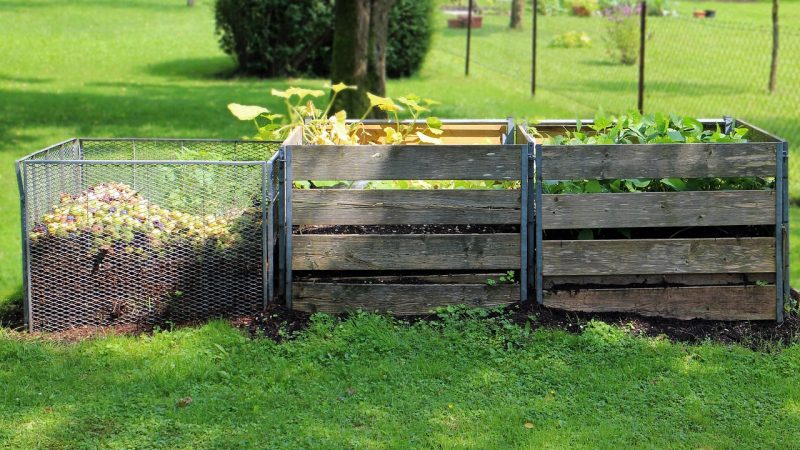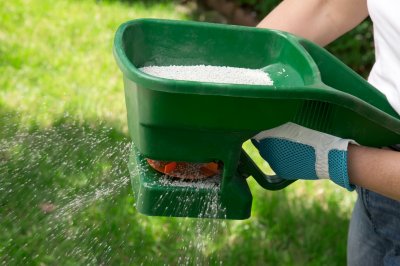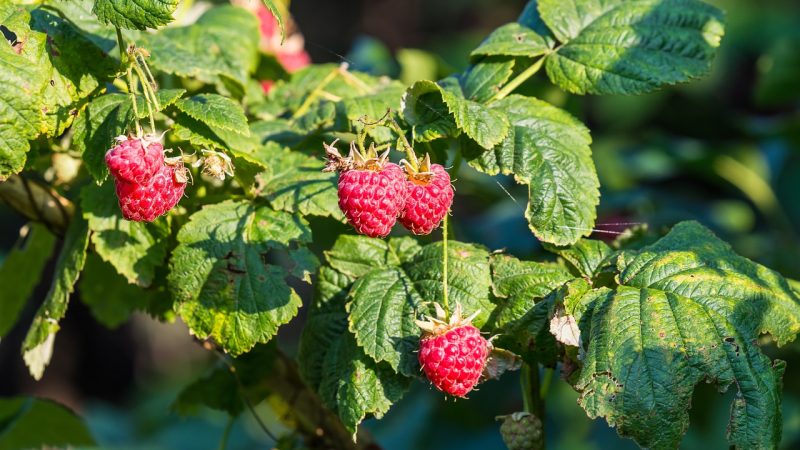Thinning raspberry shoots is an important practice that helps improve the overall health and productivity of raspberry plants. Thinning involves removing some of the excess shoots or canes from the raspberry plant to allow better air circulation, sunlight penetration, and adequate nutrient uptake for the remaining canes. Here are some tips on how and when to thin raspberry shoots:
1. Timing:
- Thinning should be done during the dormant season, typically in late winter or early spring before new growth begins. This is the best time to assess the canes and decide which ones to remove.
2. Choose the Right Canes to Remove:
- Select the weaker, damaged, and unproductive canes for thinning. Look for canes that are thinner, have fewer buds, or show signs of disease or pest damage.
- Keep the healthy, vigorous canes that are well-spaced and likely to produce the best fruit.
3. Spacing:
- Aim to achieve proper spacing between the remaining canes. Space canes about 6 to 8 inches apart for summer-bearing raspberries and 18 to 24 inches apart for fall-bearing raspberries.
4. How to Thin:
- Use clean and sharp pruning shears or loppers to remove the unwanted canes. Cut them at ground level or as close to the base as possible without damaging the crown.
5. Thinning Guidelines:
- For summer-bearing raspberries, aim to leave 4 to 6 of the healthiest canes per linear foot of row.
- For fall-bearing raspberries, leave 6 to 8 of the strongest canes per linear foot of row.
6. Remove Spent Canes:
- For summer-bearing raspberries, after harvest, remove the canes that have fruited since they will not produce fruit again.
- For fall-bearing raspberries, cut all canes to the ground after the fall harvest, as they will not produce fruit again.
7. Disposal of Thinned Canes:
- Collect and remove the thinned canes from the area to prevent the spread of diseases and pests.
8. Training and Supporting the Remaining Canes:
- After thinning, train and tie the remaining canes to a trellis or support system to keep them upright and organized.
9. Fertilization and Watering:
- After thinning, provide the raspberry plants with appropriate fertilization and watering to support the growth and development of the remaining canes.
Thinning raspberry shoots helps to maintain a healthy and productive raspberry patch. It allows the plant to focus its energy on the best canes, resulting in larger and sweeter fruit. Proper thinning, along with good care and maintenance, can lead to a bountiful raspberry harvest year after year.







